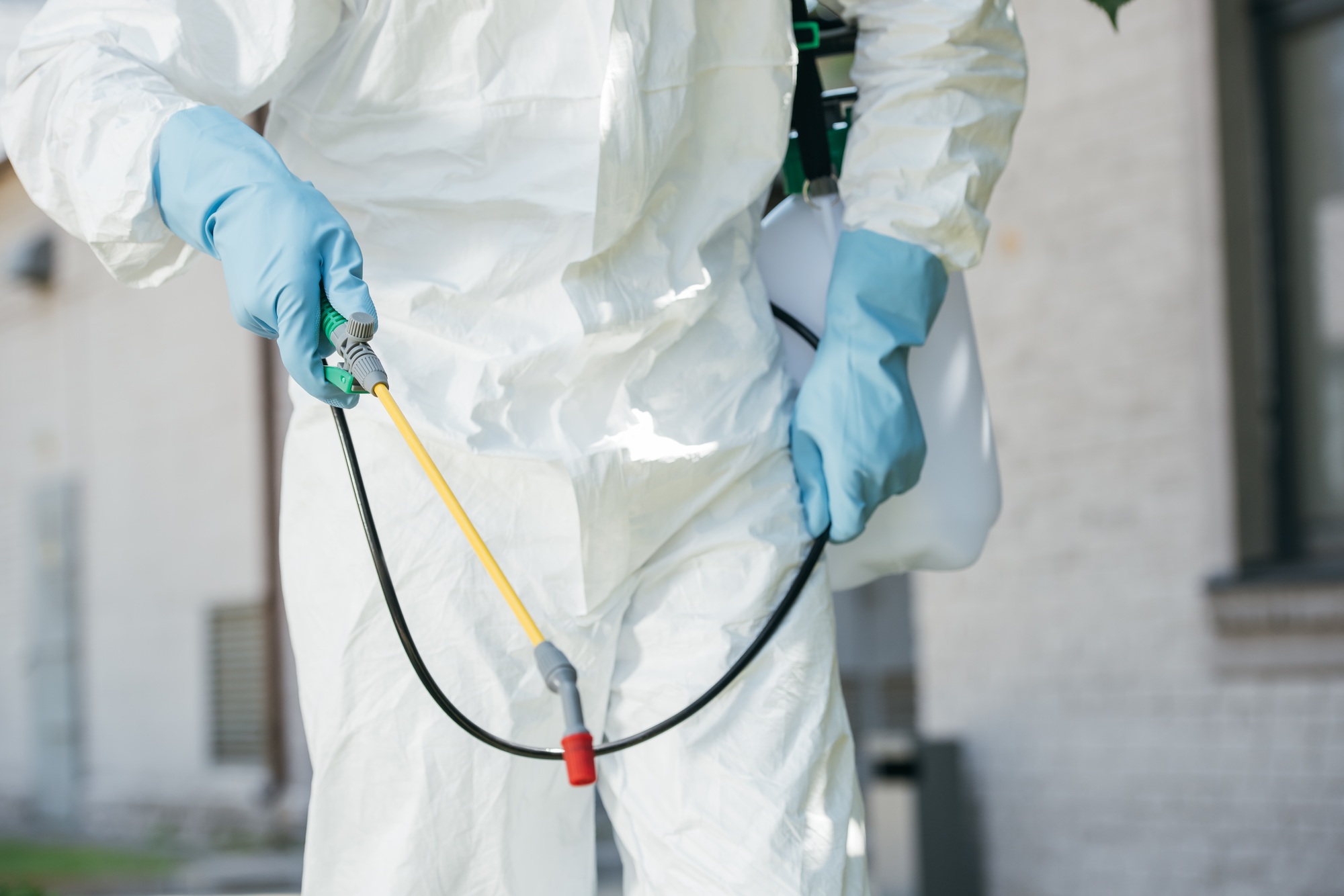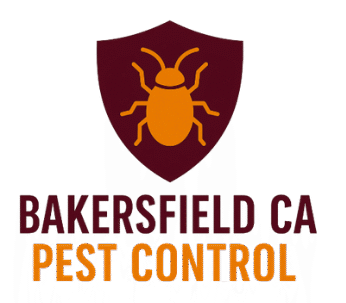Maintaining a pest-free home in Bakersfield, California, requires a thoughtful and consistent approach, especially given the region’s climate which can attract a variety of unwelcome guests throughout the year. Understanding the optimal frequency for your

General Pest Control Bakersfield
services is crucial for effective long-term protection. Pests such as ants, spiders, cockroaches, rodents, and even scorpions are common nuisances that seek shelter, food, and water within residential and commercial properties. A proactive strategy not only addresses existing infestations but also creates a robust barrier against future invasions. Without regular intervention, minor pest issues can quickly escalate into significant problems, leading to potential health risks, structural damage, and overall discomfort. The warm, dry summers and mild winters in Kern County provide an ideal environment for many pest species to thrive year-round, meaning that pest activity rarely ceases entirely. Therefore, establishing a routine pest control schedule is not just about reacting to a problem; it is about preventing one, ensuring your living or working spaces remain safe and comfortable for everyone. This consistent effort builds a protective perimeter around your property, making it less appealing to pests seeking entry.
Factors Influencing Pest Control Frequency
The ideal frequency for pest control in Bakersfield depends on several key factors unique to your property and the local environment. First, environmental conditions play a significant role; the distinct seasonal changes in California, even subtle ones, impact pest behavior. For instance, cooler temperatures may drive certain pests indoors for warmth, while increased humidity can encourage others. Second, the type of property you own or manage heavily influences how often service is needed. Older homes with more cracks and crevices might offer easier entry points for pests compared to newer, more sealed constructions. The surrounding landscape, whether it’s a densely vegetated area or open desert, also affects pest pressure. Third, the specific pests you are dealing with dictate the approach. A persistent ant problem might require more frequent attention than an occasional spider sighting. Common Bakersfield pests like black widows, house mice, and German cockroaches each have different breeding cycles and behaviors that influence how quickly they can multiply and re-infest an area. Understanding these factors helps in tailoring a pest management plan that is both effective and efficient, ensuring that resources are allocated where they are most needed. A thorough assessment by a professional can identify these unique variables and recommend a customized schedule that fits your specific needs, preventing unnecessary treatments while ensuring adequate protection.
Understanding Different Pest Control Schedules and Their Benefits
Different pest control schedules offer varying levels of protection, each with distinct benefits suited to different situations. Quarterly pest control, conducted every three months, is the most common and often recommended approach for maintaining a pest-free environment. This frequency effectively targets pests during their peak activity seasons, interrupting breeding cycles and preventing populations from growing out of control. It provides a consistent barrier that handles the natural ebb and flow of pest pressure throughout the year. For properties experiencing higher pest activity or located in areas prone to infestations, a bi-monthly schedule, every two months, can offer enhanced protection. This more frequent service ensures that pest populations are managed more aggressively, reducing the time available for them to establish themselves between treatments. In cases of severe or persistent infestations, monthly pest control may be necessary to rapidly bring the situation under control. This intensive approach allows for close monitoring and immediate treatment of new pest activity, effectively breaking the cycle of reproduction and spread. Even an annual service can be beneficial for properties with very low pest pressure or as a preventative measure for specific seasonal pests. The primary benefit of any regular schedule is prevention; it significantly reduces the likelihood of major infestations, protecting your property and health. Consistent treatments manage existing pests and establish a long-lasting protective zone, providing peace of mind and reducing the need for emergency services.
The Process of Professional Pest Control and What to Expect
When you engage professional pest control services, the process typically begins with a comprehensive initial inspection of your property. A trained technician will thoroughly examine both the interior and exterior of your home or business, identifying potential entry points, harborage areas, and signs of pest activity. This detailed assessment allows them to accurately determine the types of pests present, the extent of any infestation, and the environmental factors contributing to the problem. Following the inspection, the technician develops a customized treatment plan tailored to your specific needs. This plan outlines the recommended methods, products, and frequency of service. Treatment applications often involve a combination of interior and exterior methods, focusing on cracks, crevices, baseboards, weep holes, and other common entry points. For exterior treatments, the focus is on creating a protective barrier around the foundation, eaves, and perimeter of the property to deter pests from entering. Integrated Pest Management (IPM) principles are a core component of this process, emphasizing long-term prevention through a combination of techniques, including habitat modification, exclusion, and targeted treatments. After the initial treatment, follow-up visits are crucial for monitoring pest activity, reinforcing barriers, and making any necessary adjustments to the plan. Technicians also provide valuable advice on how homeowners can contribute to pest prevention through sanitation, sealing entry points, and proper landscaping practices. This collaborative approach ensures that the pest management strategy is effective, sustainable, and tailored to the ongoing needs of your property, providing continuous protection against a wide range of pests.
Long-Term Benefits of Consistent Pest Management and Community Well-Being
Consistent pest management offers significant long-term benefits that extend far beyond simply eliminating existing bugs. One of the most crucial advantages is the protection of public health. Many pests, such as cockroaches, rodents, and mosquitoes, are known carriers of diseases and allergens that can pose serious risks to human health. Regular pest control significantly reduces exposure to these harmful pathogens, contributing to a healthier living and working environment for everyone in Bakersfield. Furthermore, proactive pest management safeguards your property from potential structural damage. Termites, carpenter ants, and rodents can cause extensive and costly harm to wooden structures, electrical wiring, and insulation. By preventing these pests from establishing themselves, you protect your investment and avoid expensive repairs down the line. Beyond health and property protection, consistent pest control provides invaluable peace of mind. Knowing that your home or business is protected from unwanted intruders allows you to relax and focus on what matters most, without the constant worry of an unexpected pest sighting. This proactive approach also contributes to the overall well-being of the community by reducing pest populations that could spread to neighboring properties. It’s an investment in the comfort, safety, and longevity of your property, ensuring that your spaces remain hygienic, structurally sound, and enjoyable for years to come. Ultimately, a well-maintained pest control schedule is not an expense, but a vital component of responsible property ownership and community health.
